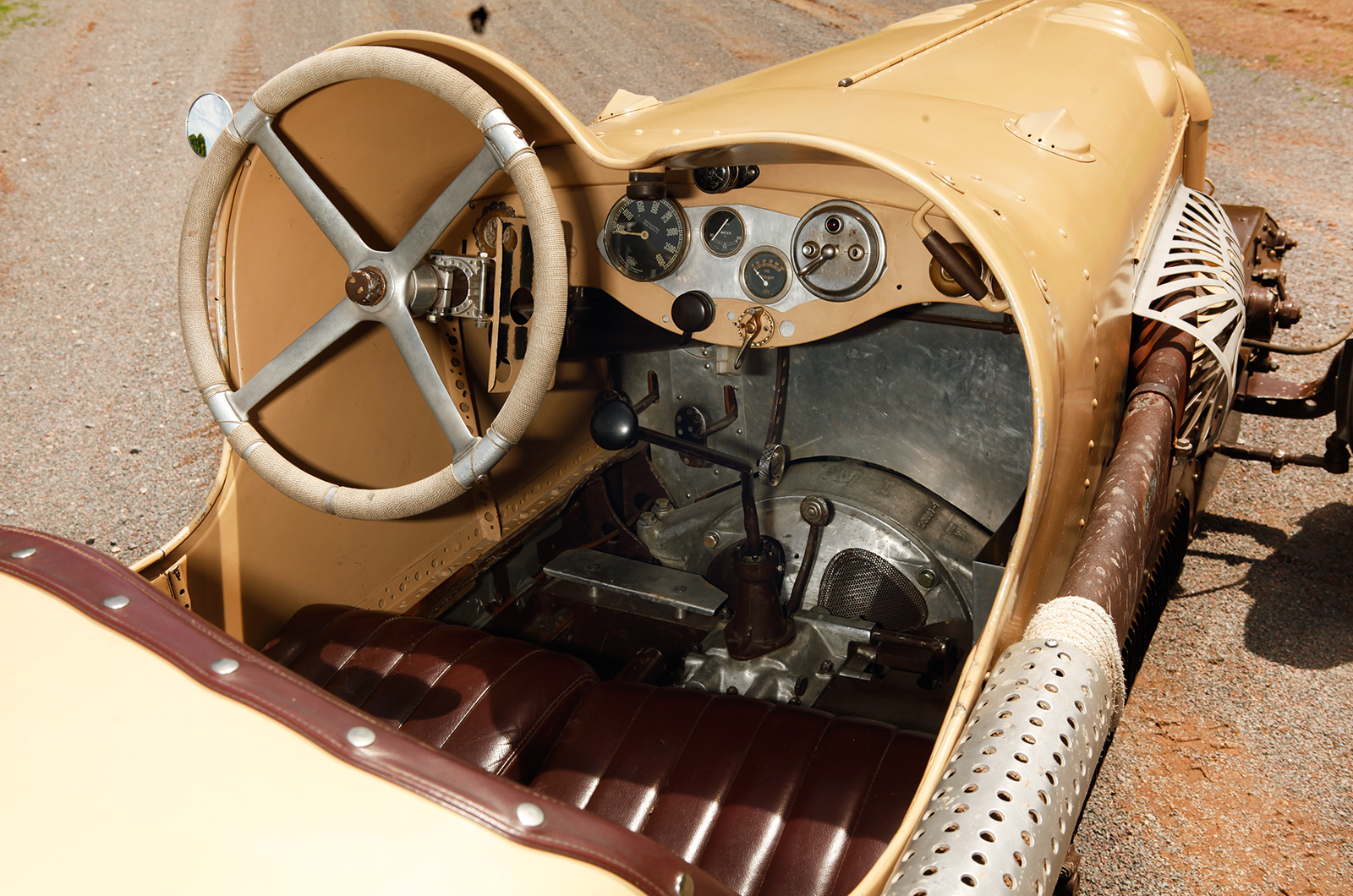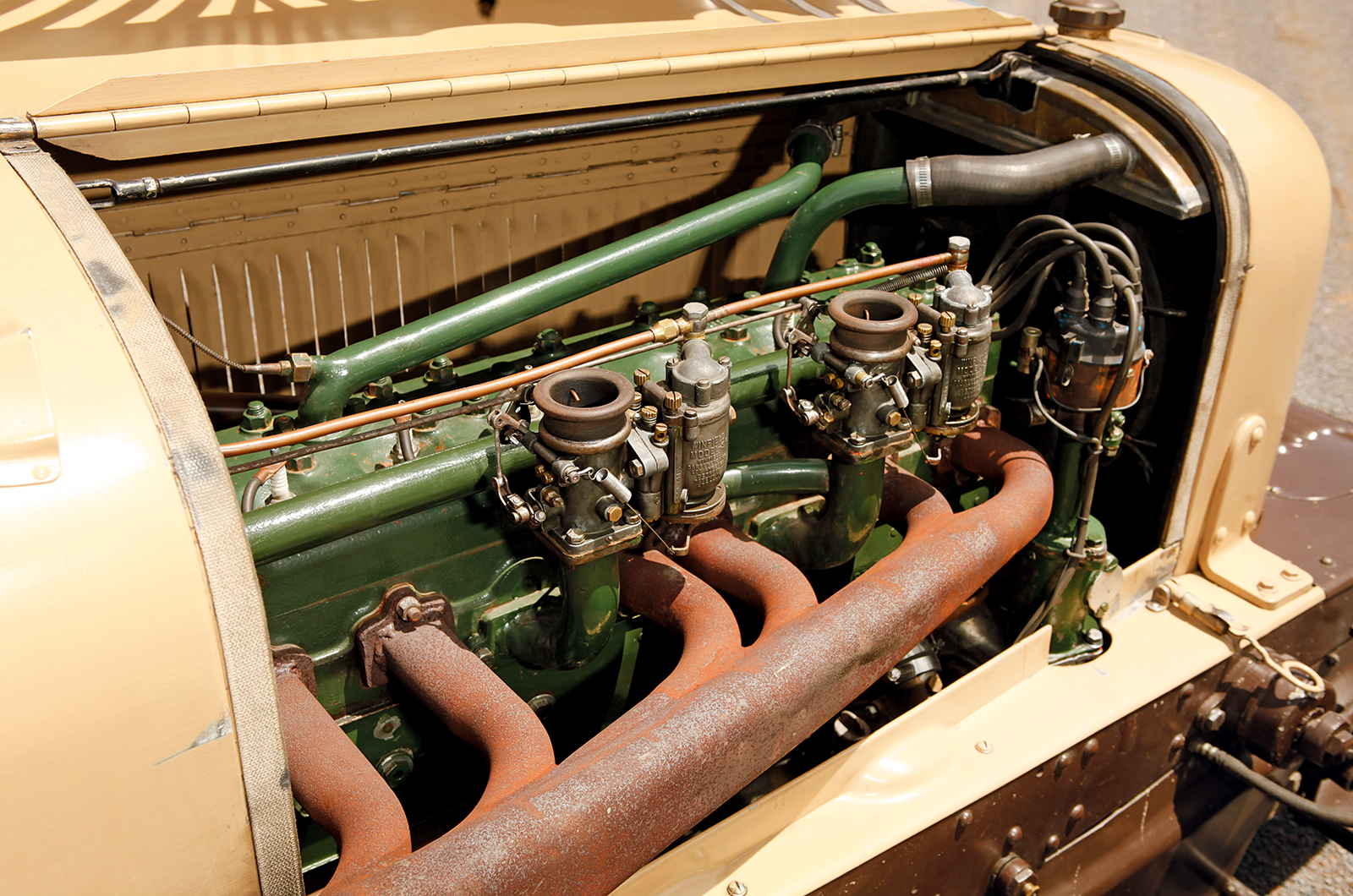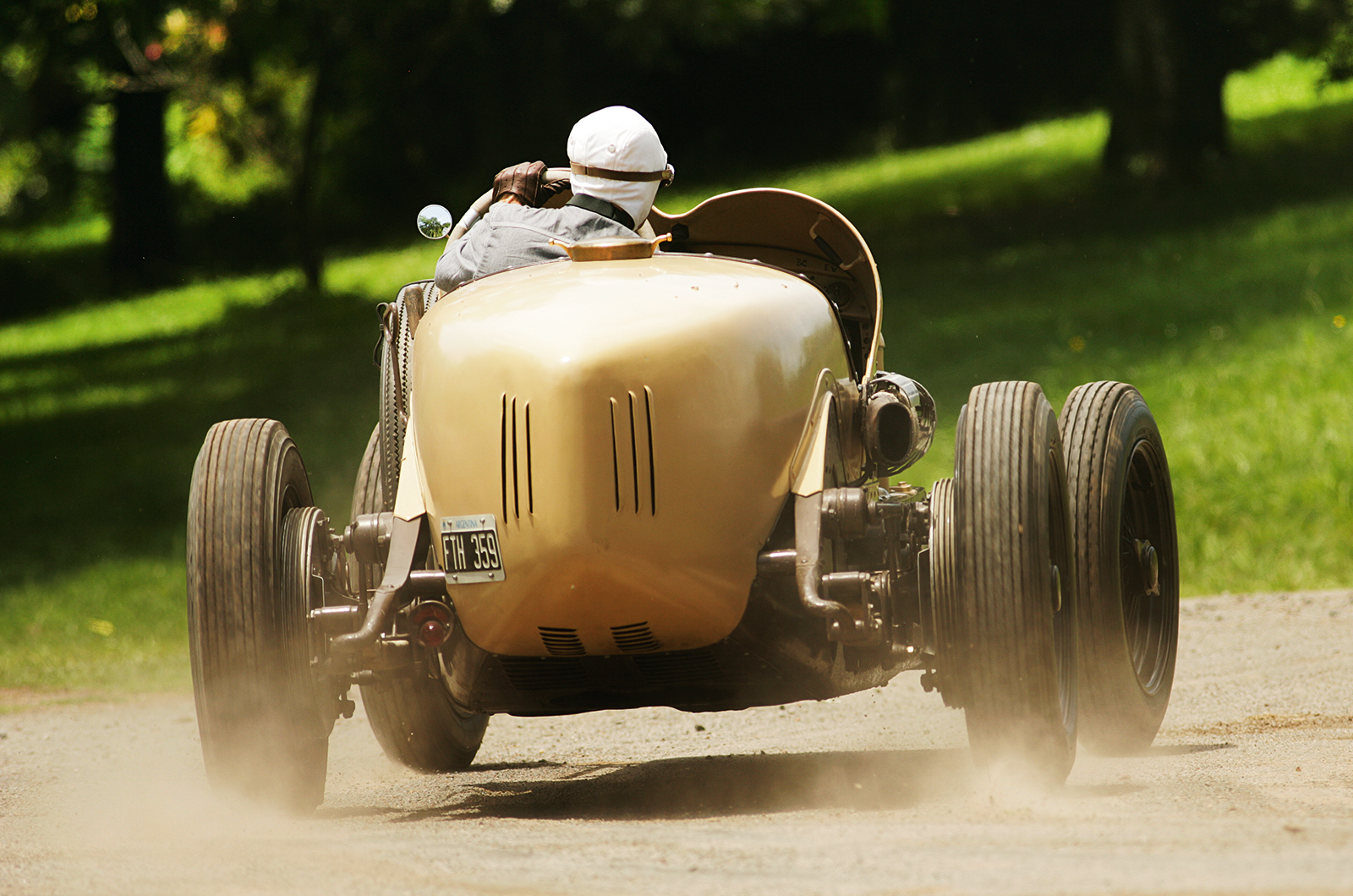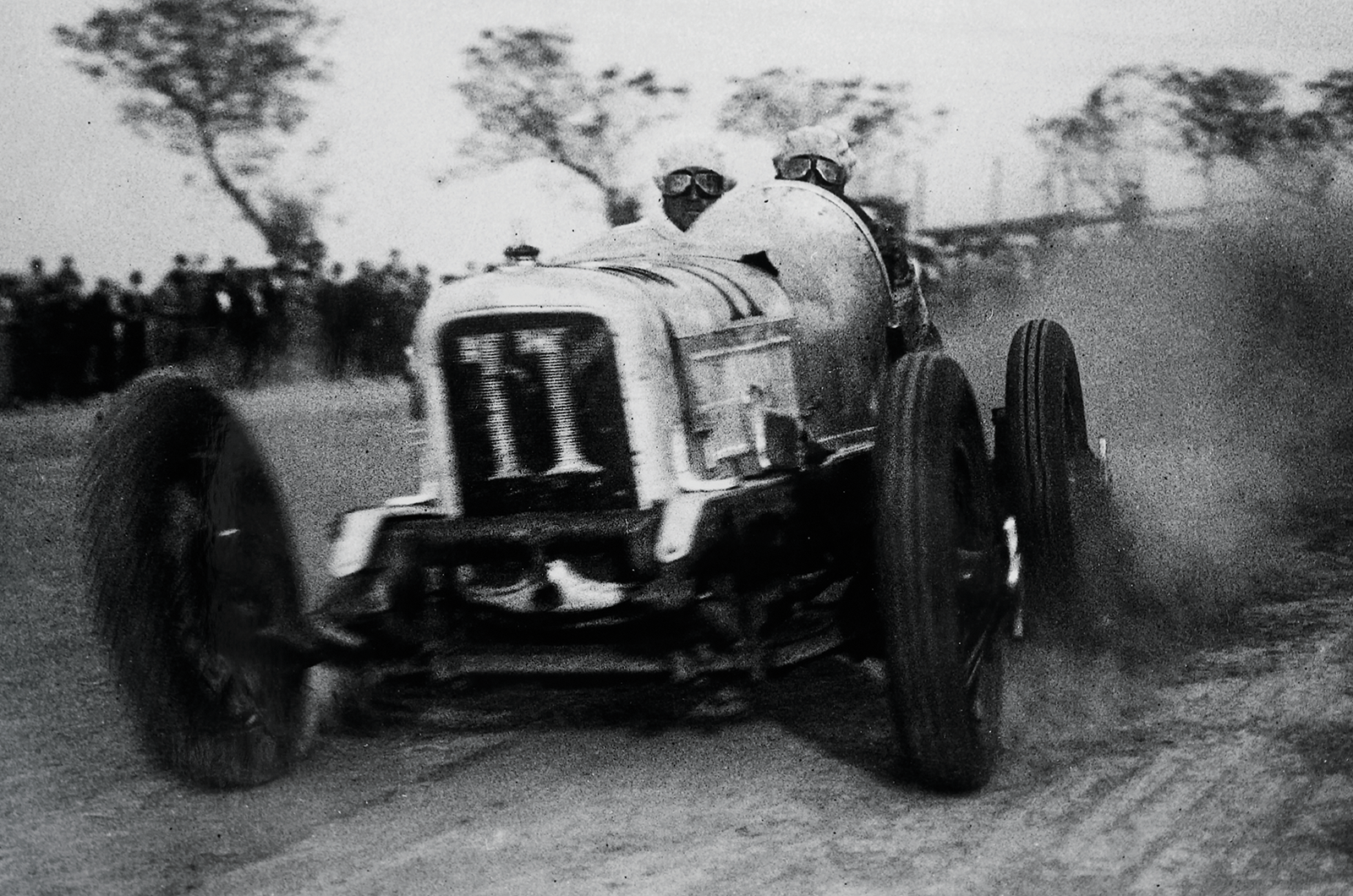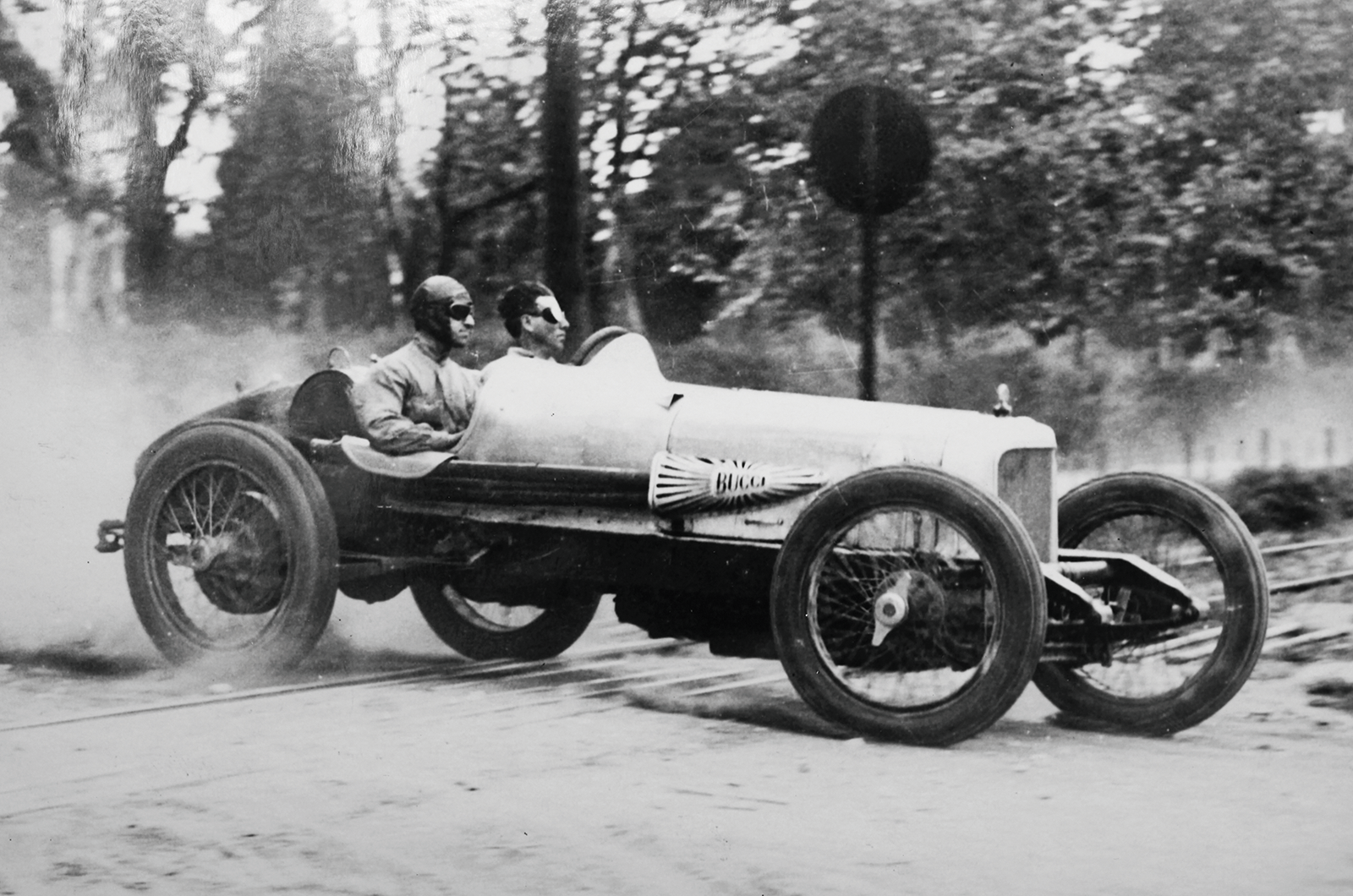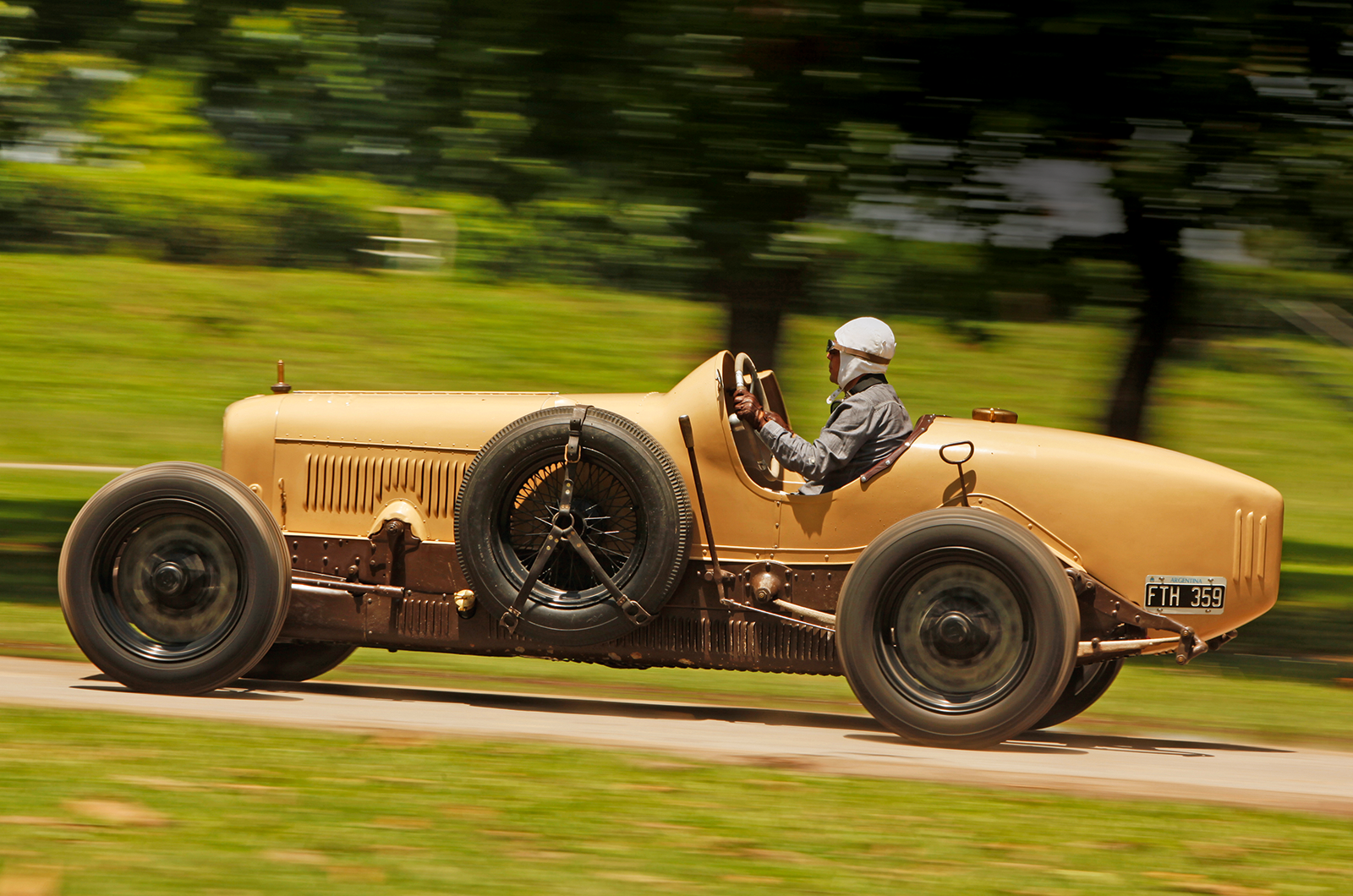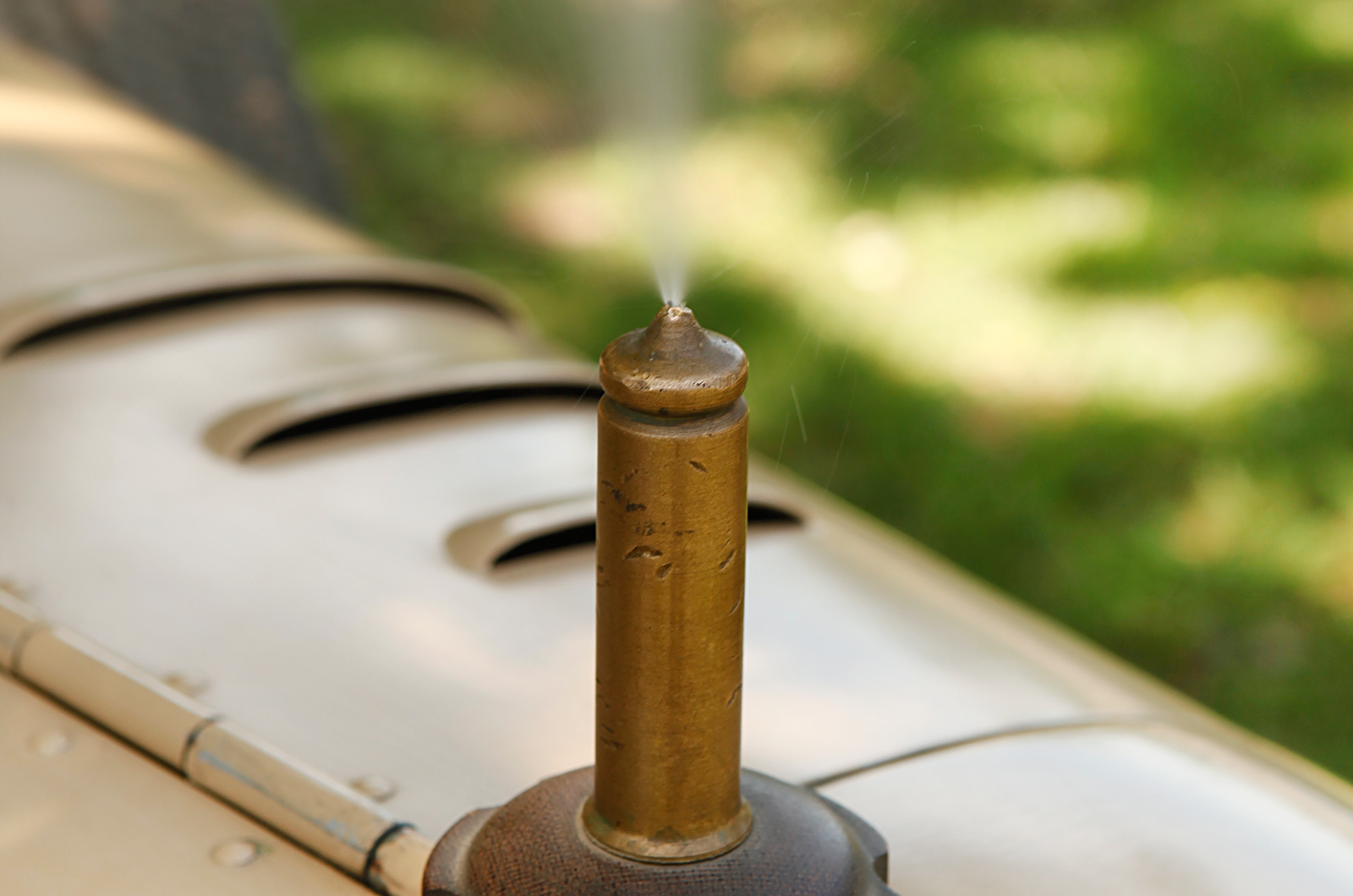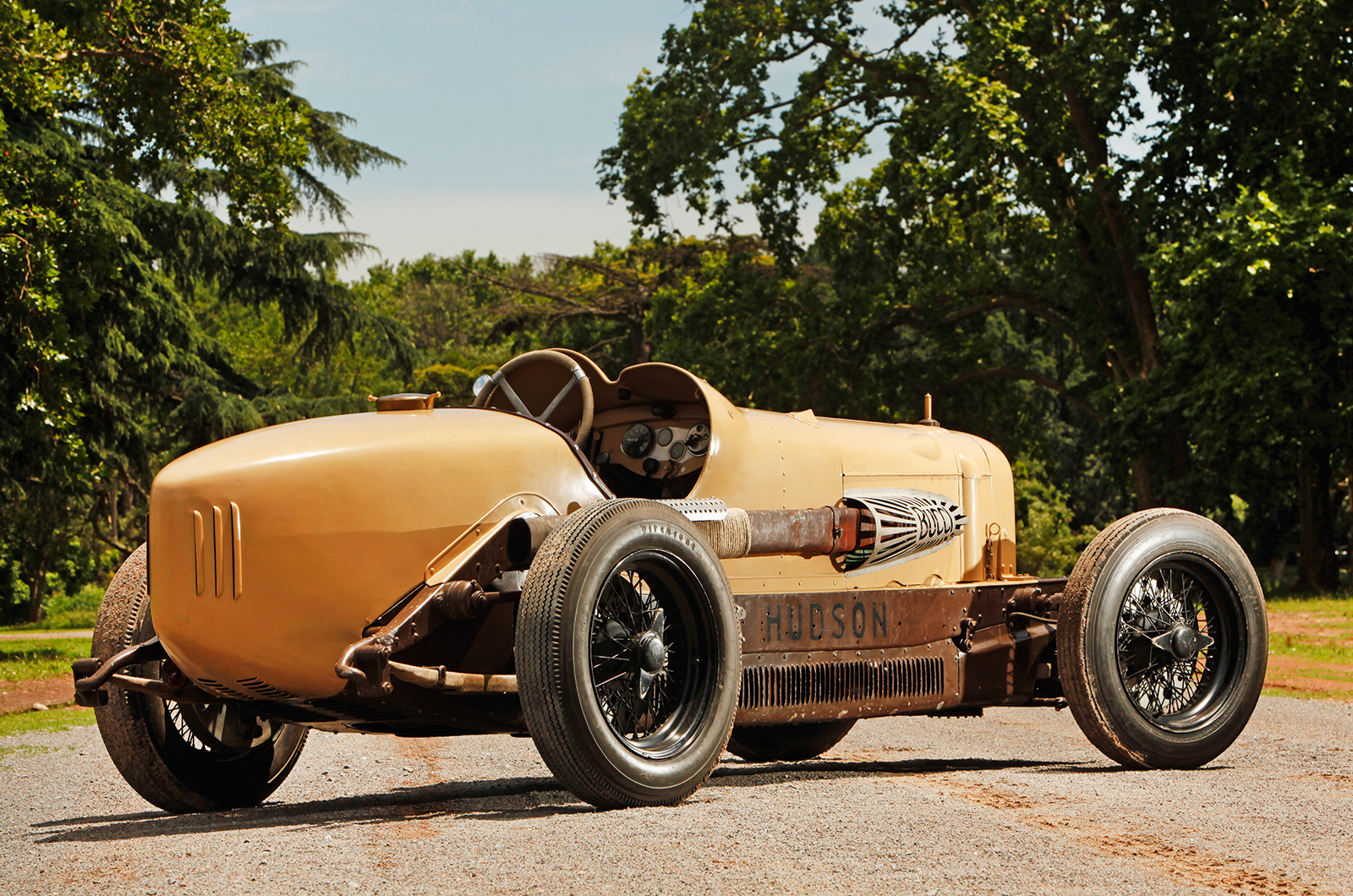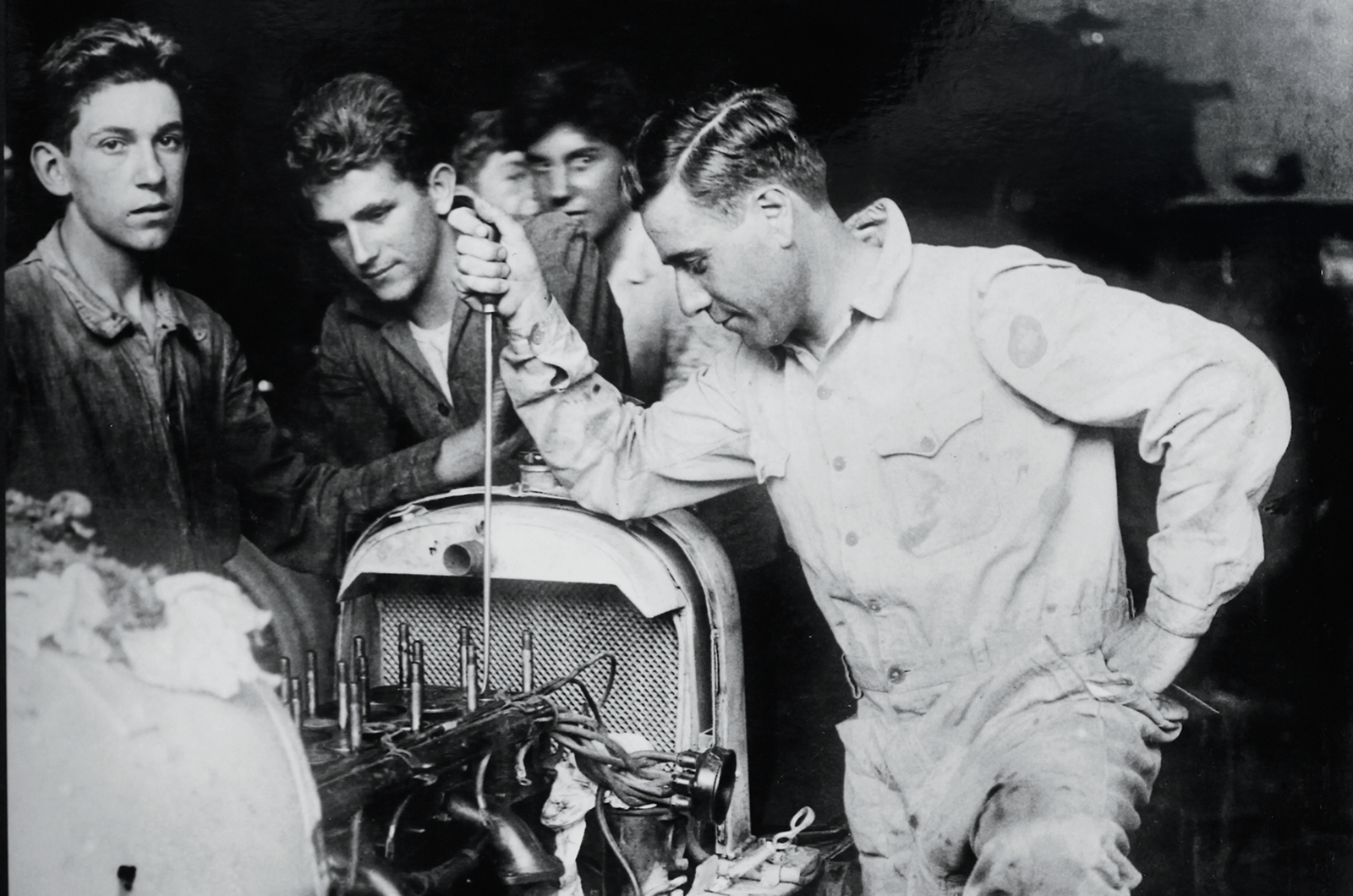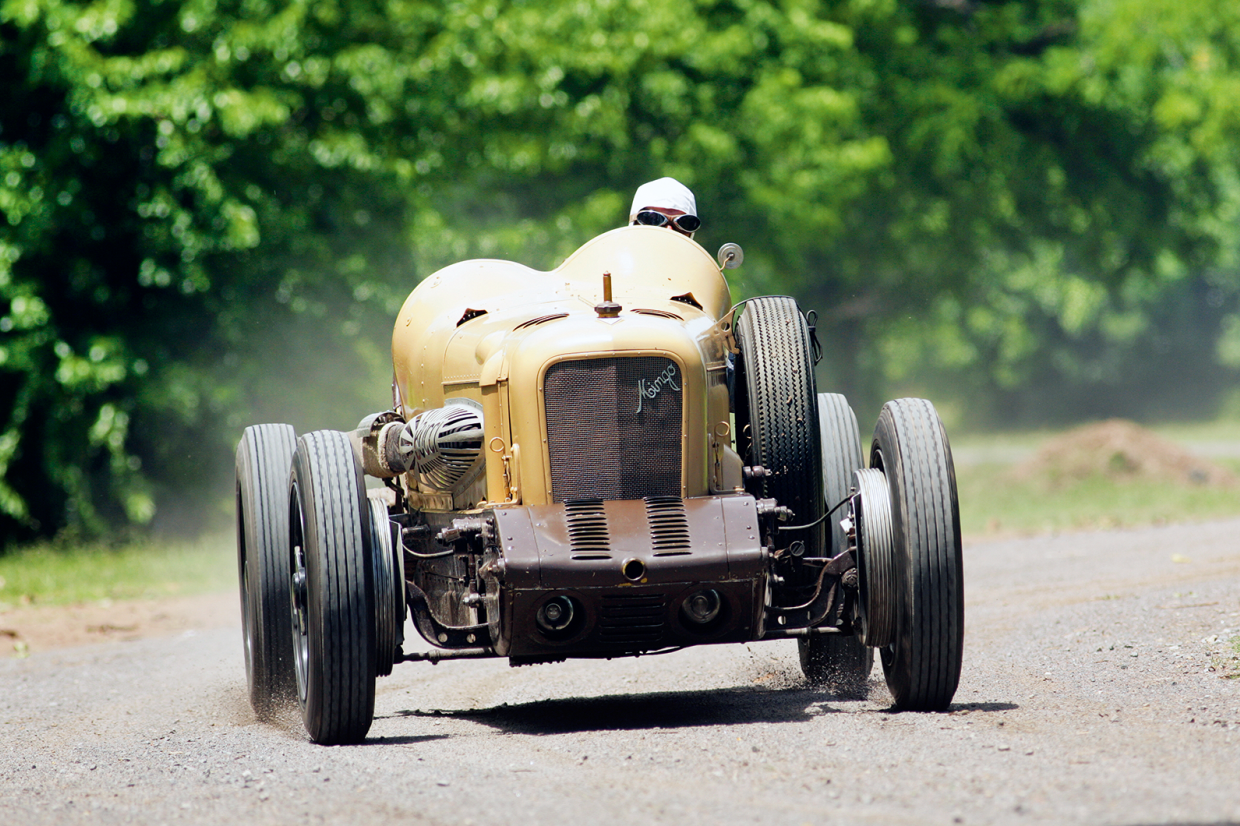
City-to-city contests may have ended early in Europe but the tradition continued in South America, nowhere more dramatically than Argentina.
Originally utilising the old Camino Real route from Buenos Aires, the Gran Premio del Automóvil Club Argentino devised the epic Nacional events that ran from the capital to Rosario and later Córdoba between 1924 and ’32.
Staged on mixed surfaces ranging from arid dust to deep mud, the event was eagerly followed by locals lining the roads.
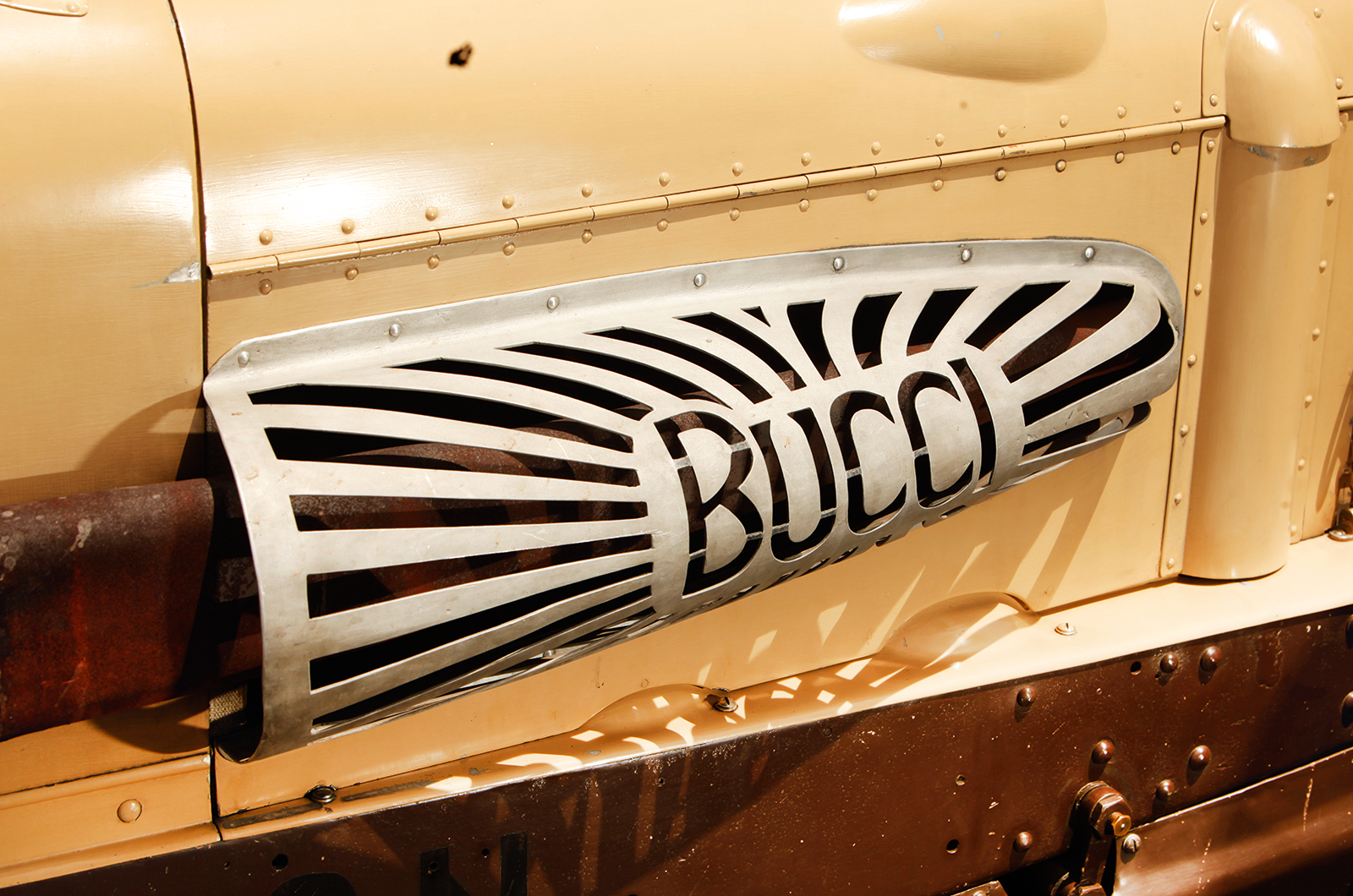
The personalised exhaust cover on Domingo Bucci’s Hudson
It made front-page stories in the national papers, and fans later followed progress with live radio reports.
As if the flat-out route wasn’t perilous enough, the Gran Premio organisers shortened the schedule from four to two days with no night stops.
Hans Stuck was invited to compete in the ’32 Gran Premio Nacional with a Mercedes-Benz S-type, but he was so shocked by the state of the roads that he withdrew after testing, and treated the local drivers as heroes.
For me, one image perfectly captures the dramatic race – an aerial view of a lone car storming over a long river bridge, its dusty wake trailing for miles behind.

